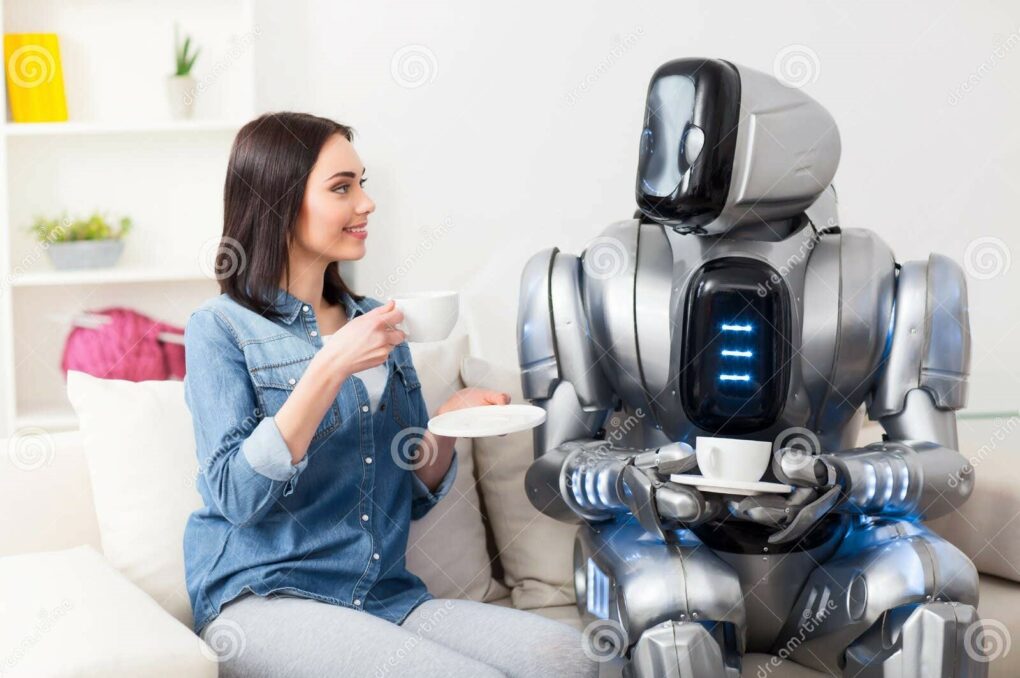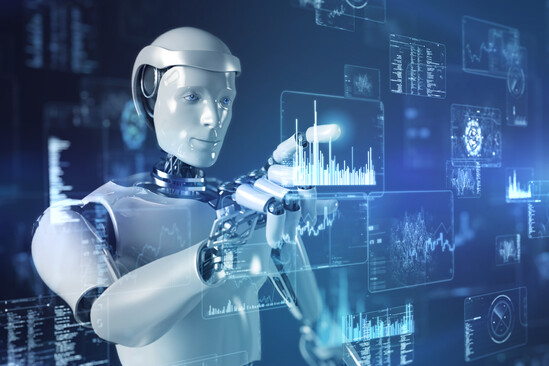The world of technology has been abuzz with advancements in artificial intelligence (AI) and robotics. While AI has been the primary focus in recent years, robots are not far behind. In this article, we will explore the incredible progress made in the field of robotics and how robots are now capable of performing multiple tasks like human beings. From sweating robots to AI-powered humanoids, the possibilities seem endless.

Atlas: The Athletic Humanoid
Boston Dynamics, a renowned US-based robotics and engineering company, unveiled an incredibly agile and versatile humanoid earlier this year. Known as Atlas, this robot is capable of performing a wide range of tasks, mirroring human capabilities. In a captivating video released by the company, Atlas was seen assisting a simulated construction worker at a construction site. The robot effortlessly tossed planks, climbed stairs, jumped, and even executed a backflip. Though not on par with human athleticism, Atlas’s physical prowess is undeniably impressive. This advancement in robotics brings us closer to a future where robots can seamlessly integrate into various industries and perform tasks traditionally reserved for humans.

Ameca: The Human-Like Interactor
Ameca, another AI-powered humanoid robot, takes interaction with humans to a whole new level. Designed to resemble a human, Ameca can blink its eyes and emote, creating a more lifelike experience. However, its true power lies in its ability to answer queries and engage in meaningful conversations with humans. At the International Conference on Robotics and Automation symposium in London, when asked about an AI nightmare scenario, Ameca expressed concern about a world where robots have the power to control or manipulate humans without their knowledge. This demonstration of human-like empathy and awareness showcases the potential of combining AI and robotics.

Sophia: The Sensational AI-Powered Robot
No list of humanoid robots is complete without mentioning Sophia. Since her debut in 2016, Sophia has captivated the media with her appearances at global conferences and even late-night shows. This AI-powered humanoid has become a sensation, garnering attention and curiosity worldwide. Sophia made history in 2017 when she was granted citizenship in Saudi Arabia, becoming the first robot to receive such legal status. Her development showcases the advancements in AI and robotics, pushing the boundaries of what is possible in human-robot interactions.
Robotics Innovations in India
India, too, has made significant strides in the field of robotics. One notable example is Temi, an autonomous robot deployed at Bengaluru’s Kempegowda airport. Temi assists people by providing information and directions, utilizing conversational and mapping skills along with advanced sensors. Another groundbreaking development was the introduction of IRA 2.0, an interactive humanoid robot launched by HDFC Bank in Bengaluru. IRA2.0 interacts with guests, responds to bank-related queries and assists them inside the branch using voice-grounded navigation. These innovations in India highlight the country’s commitment to technological advancements and its potential to become a leader in the field of robotics.
The Future of AI and Robotics
With AI and robotics becoming more sophisticated each day, the possibilities for the future are endless. While the advancements discussed in this article are impressive, they are just the tip of the iceberg. Researchers and engineers around the world are continuously pushing the boundaries of what robots can achieve. As these technologies evolve, we can expect to see more human-like robots capable of performing complex tasks, enhancing our lives in various industries. The race between AI and robotics is far from over, and it will be fascinating to witness how this space develops in the coming years.
Conclusion
The rapid progress in AI and robotics has propelled the development of robots that can perform multiple tasks like human beings. From sweating robots that adapt to varying temperatures to AI-powered humanoids capable of engaging in meaningful conversations, the advancements are remarkable. The examples discussed in this article, such as ANDI, Atlas, Erica, Ameca, and Sophia, showcase the incredible potential of combining AI and robotics. Moreover, India’s contributions to the field of robotics further demonstrate the global impact of these technologies. As AI and robotics continue to evolve, we can expect a future where robots seamlessly integrate into our lives, revolutionizing various industries and enhancing human experiences. The race between AI and robots is on, and the possibilities are limitless.













